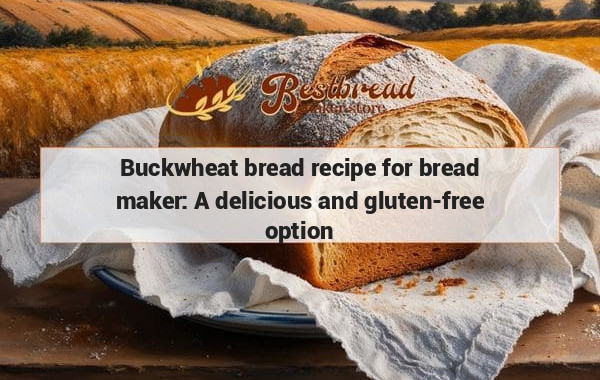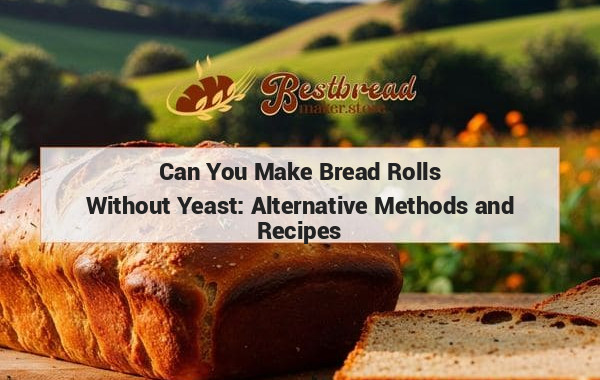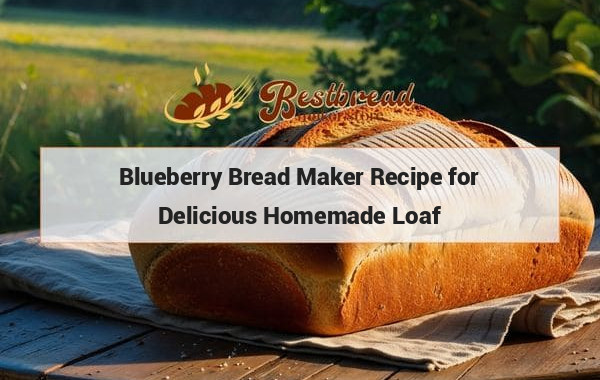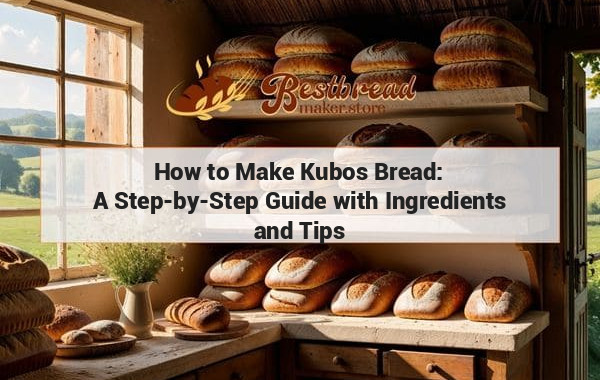Can Bread Flour be Used to Make Pasta? - A Complete Guide & Tips
Yes, you can use bread flour to make pasta. Bread flour has a higher protein content than all-purpose flour, which can result in a chewier texture for your pasta. However, the type of flour used will affect the final texture of the pasta, so feel free to experiment with different types of flour to find the perfect one for your preferences.
Can you use bread flour to make pasta? Absolutely! Bread flour's high protein content can yield firm, chewy pasta similar to traditional Italian varieties. However, there are important details to consider for the best results.
Key Takeaways
Yes, bread flour can be used to make pasta due to its high protein content, which provides structure and elasticity. However, for the best texture, balance it with other flours like all-purpose or semolina.
Understanding Bread Flour and Its Uses in Pasta
Bread flour, known for its high gluten content, is primarily used in baking bread, but it can also be a suitable choice for making pasta. The high protein level in bread flour helps develop a robust structure, allowing pasta dough to be stretchy and elastic, ideal for creating various pasta shapes.
Why Is Gluten Important in Pasta?
Gluten is essential for pasta as it contributes to its texture and bite. When you mix and knead the dough, gluten forms, giving the pasta its structure. Traditional Italian pasta recipes often call for durum wheat or semolina flour, which are also high in gluten. Using bread flour, which contains a similar amount of protein (12-14%), you can achieve a similar consistency.
How to Make Pasta with Bread Flour
When making pasta with bread flour, you follow a process similar to using traditional flours:
Ingredients:
- 2 cups of bread flour
- 2 large eggs
- 1 tablespoon of olive oil (optional)
- Pinch of salt
Method:
- Create a well in the middle of the flour and crack the eggs into it.
- Slowly mix the flour with the eggs until a dough forms.
- Knead the dough for about 10 minutes until it becomes smooth and elastic.
- Let it rest for at least 30 minutes before rolling it out and shaping.
Bread flour requires more kneading compared to other flours due to its higher gluten content. The dough may feel firmer, but this results in a chewy, authentic pasta texture once cooked.
Mixing Bread Flour with Other Flours
To balance out the gluten strength, you might consider mixing bread flour with other flours. A blend of bread flour and all-purpose flour or semolina can create a dough that's easier to work with and still has a good texture. For instance, a ratio of 50% bread flour and 50% semolina can give you the best of both worlds: a manageable dough with excellent texture and bite.
Alternatives and Adjustments When Using Bread Flour
While bread flour works well for pasta, there are some considerations to keep in mind:
- Adjust the Hydration Level: Bread flour absorbs more water than other flours. You might need to adjust the amount of liquid (e.g., eggs or water) in your recipe to achieve the right consistency.
- Experiment with Resting Times: Bread flour pasta dough benefits from longer resting times, allowing the gluten to relax. This makes rolling the dough easier, especially if you plan to use a pasta machine.
Best Shapes for Bread Flour Pasta
Due to its strength and elasticity, bread flour is perfect for creating sturdy pasta shapes like fettuccine, tagliatelle, or pappardelle. These shapes require a dough that can hold its structure well, and bread flour’s properties are ideal for that. On the other hand, for delicate pasta types like ravioli or tortellini, mixing bread flour with a softer flour might be better to achieve a more delicate bite.
Comparing Bread Flour to Other Flours in Pasta Making
Different flours provide different textures and flavors to pasta. Understanding the role of each type can help you make an informed choice:
All-Purpose Flour: A common choice for homemade pasta, all-purpose flour is versatile and has a moderate gluten content, making it easy to work with. The texture is softer and less chewy than bread flour pasta.
Semolina Flour: This traditional pasta flour has a gritty texture and a high gluten content, creating firm and slightly gritty pasta. Mixing semolina with bread flour can enhance the texture and taste, offering a balanced bite.
00 Flour: Often used for pizza and pasta in Italy, 00 flour is finely ground with a lower protein content compared to bread flour. It creates a soft and smooth dough, perfect for delicate pasta shapes like tortellini.
Frequently Asked Questions (FAQs)
1. Can you substitute bread flour entirely for pasta flour?
Yes, bread flour can be used entirely for pasta, but it may result in a firmer texture than traditional semolina or 00 flour. Adjusting the hydration and mixing with other flours can help balance the texture.
2. Is bread flour pasta chewy?
Indeed, bread flour pasta tends to be chewier because of its higher protein content. If you prefer a less chewy texture, consider mixing bread flour with all-purpose flour.
3. How does bread flour affect the flavor of pasta?
Bread flour does not significantly alter the flavor of pasta, but it can provide a slightly more robust and earthy taste compared to softer flours. The difference is subtle, making it a viable option if you’re in a pinch.
4. Can bread flour pasta be used for stuffed pasta dishes?
Yes, but it’s best to blend bread flour with a softer flour like all-purpose or 00 flour when making stuffed pasta. This creates a softer dough that’s easier to seal around fillings.
5. Is homemade bread flour pasta suitable for drying and storing?
Homemade bread flour pasta can be dried and stored for future use, much like traditional pasta. However, its higher gluten content may cause it to be less tender when cooked after drying, so it’s best enjoyed fresh.
Conclusion
Making pasta with bread flour is entirely possible, and it offers an authentic, chewy texture that many pasta lovers enjoy. By adjusting the hydration levels and considering blending with other flours, you can create delicious, homemade pasta that rivals the store-bought varieties. Whether you're a seasoned cook or a pasta-making novice, bread flour provides a versatile option that expands your culinary possibilities.
For those passionate about bread-making or pasta preparation, having the right tools is crucial. If you're looking for a quality bread maker, check out bestbreadmaker.store for some of the best options available. A good bread maker ensures consistent results, making your dough preparation easier and more efficient.








